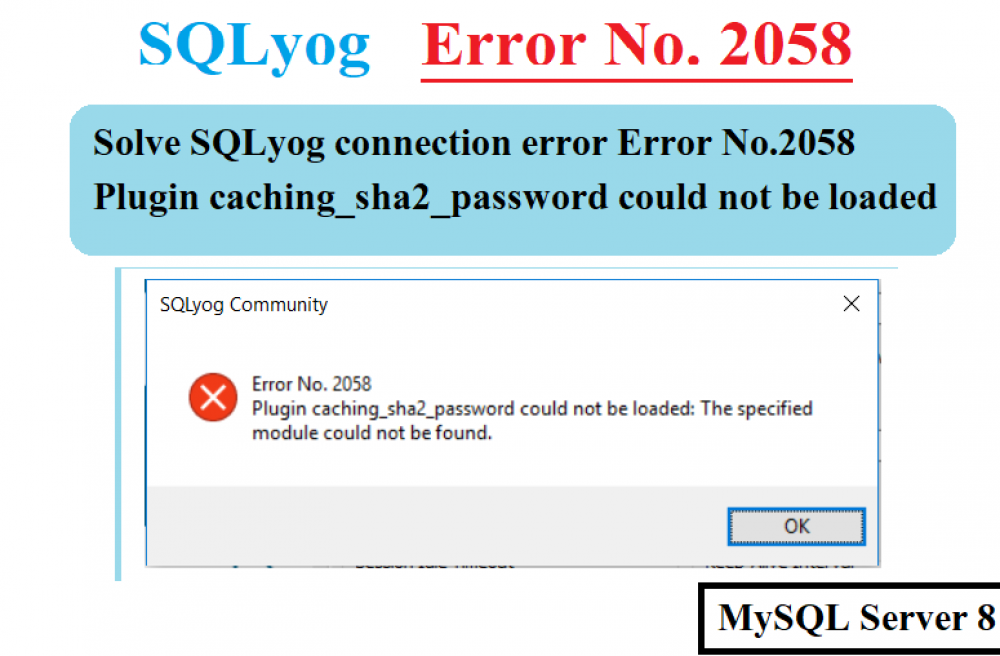How to Create a Read-Only User in PostgreSQL
5 months agoIn many real-world applications, you may need to grant someone access to a PostgreSQL database just to view the data, without allowing any changes. This is where creating a read-only user becomes essential.
In this post, we’ll walk through the step-by-step process to create a read-only user in PostgreSQL.
You may want a read-only user for:
- - Reporting tools (like Metabase, Power BI, etc.)
- - Data auditors
- - External analysts
- - Monitoring dashboards
Prerequisites
- - PostgreSQL installed and running
- - Access to a superuser account (like postgres)
- - A database (we'll use mydatabase as an example)
Step-by-Step Procedure to Create Read-Only User
Connect to PostgreSQL
Using the psql CLI or any GUI like pgAdmin, connect to your database:
psql -U postgres -d mydatabase
Create the Read-Only User
CREATE USER readonly_user WITH PASSWORD 'StrongPassword123!';
Grant CONNECT on the Database
GRANT CONNECT ON DATABASE mydatabase TO readonly_user;
Grant USAGE on the Schema
Assuming your schema is public:
GRANT USAGE ON SCHEMA public TO readonly_user;
If you have multiple schemas, repeat this step for each.
Grant SELECT on Existing Tables
GRANT SELECT ON ALL TABLES IN SCHEMA public TO readonly_user;
Grant SELECT on Existing Sequences (Optional)
If your app needs to read auto-incrementing values:
GRANT SELECT ON ALL SEQUENCES IN SCHEMA public TO readonly_user;
Ensure Future Tables Are Also Covered
To make sure new tables are also readable by readonly_user, use:
ALTER DEFAULT PRIVILEGES IN SCHEMA public GRANT SELECT ON TABLES TO readonly_user; ALTER DEFAULT PRIVILEGES IN SCHEMA public GRANT SELECT ON SEQUENCES TO readonly_user;
(Optional) Revoke Write Access Just in Case
REVOKE CREATE ON SCHEMA public FROM readonly_user; REVOKE INSERT, UPDATE, DELETE ON ALL TABLES IN SCHEMA public FROM readonly_user;
Final Test
psql -U readonly_user -d mydatabase SELECT * FROM some_table; -- should work INSERT INTO some_table VALUES (...); -- should be denied











